Protecting Farmers, Preserving Non-GM Integrity, and Building a Self-Reliant Maize Future
30 October 2025, New Delhi:
U.S. Commerce Secretary Howard Lutnick recently remarked that India, with its 1.4 billion people, doesn’t buy even a bushel of American corn. It may sound like a simple trade comment, but it misses the deeper reality of India’s agricultural fabric — a system built on self-reliance, smallholder resilience, and non-GM integrity. India’s maize story is not about what we import but what we cultivate with pride and perseverance.
Agriculture remains the backbone of India’s economy, with over 45% of citizens depending on it for their livelihood. Among the key crops, maize has become a vital income source for smallholders in Bihar, Madhya Pradesh, Maharashtra, and Karnataka. Over the past decade, India’s maize cultivation has expanded rapidly, producing more than 40 million tonnes annually across 10 million hectares. The average yield is about 3.5 tonnes per hectare, and the government aims to raise it to 6 tonnes through improved hybrids, irrigation, and soil health initiatives.
This progress is no accident. Government schemes, private innovation, and farmer effort have modernised maize farming — from single-cross hybrids and improved seed systems to mechanised harvesting and soil management. These measures have enhanced productivity, stabilised incomes, and positioned maize as a key crop in India’s agricultural transformation.
India is largely self-sufficient in maize. Imports, when they occur, are limited to industrial or feedstock needs rather than food shortages. Yet, global exporters — especially those dealing in genetically modified (GM) corn — see India’s protectionist stance as a barrier. With China reducing GM corn imports from the U.S., international suppliers are seeking new markets, and India’s vast demand looks enticing.
But India’s resistance to GM maize imports is deliberate. Millions of small and marginal farmers depend on fair prices for survival. Cheap GM maize could undercut domestic prices, disrupt markets, and undo years of productivity gains. It would also damage India’s growing reputation as a non-GM supplier to premium markets in Europe and the Middle East, where consumer demand for non-GM food is strong.
India’s regulatory and biosafety framework reflects its cautious approach. Only one GM food crop is approved for cultivation, and no GM maize has been permitted for commercial use. Imports face tariffs of 15% up to a threshold and higher duties beyond it, alongside strict GM restrictions. These policies protect farmers, consumers, and ecosystems from potential long-term risks.
Relaxing these safeguards would be risky. Maize has replaced less profitable crops in several states, offering better returns. If GM maize were allowed to flood markets, domestic prices could collapse, discouraging farmers from investing in quality seeds and sustainable practices. Studies already show traces of GM maize in some food products, hinting at the porousness that widespread imports could worsen.
Agriculture in India is more than an economic activity — it’s a cultural and social foundation that supports national food security. Dependence on imported GM maize would weaken this foundation and make Indian agriculture vulnerable to external corporate interests. For a nation that values food sovereignty, that would be a costly mistake.
Instead, India is pursuing a non-GM, farmer-centric maize strategy rooted in productivity and sustainability. Advances in non-GM hybrids, better mechanisation, efficient water use, and soil health management can boost yields without GM intervention. Non-GM maize not only meets domestic needs but also earns premium export value.
To strengthen this approach, India must continue investing in locally adapted non-GM hybrids, public research, farmer training, and affordable mechanisation. Credit access, storage, and market infrastructure should align with this vision. At the same time, import safeguards through tariffs, quotas, and certification must remain firm to protect domestic producers.
Preserving non-GM identity from farm to market is crucial for consumer trust and global branding. A resilient non-GM maize sector would allow India to emerge as a global leader in sustainable maize production — one that balances productivity with sovereignty and farmer welfare.
India’s maize journey shows that progress and protection can coexist. The country doesn’t need to import “just a bushel” to please global exporters. It must instead continue empowering farmers, deepening non-GM pathways, and securing its food future.
By doing so, India not only safeguards its 10 million maize farmers but also proves that an agrarian nation can achieve productivity, sustainability, and integrity together. The goal is not merely to feed a billion mouths but to ensure that every grain of maize grown in India tells a story — of faith, freedom, and self-reliance.
By Dr. Mamtamayi Priyadarshini
Environmentalist, Social Worker and Author of Maize Mandate






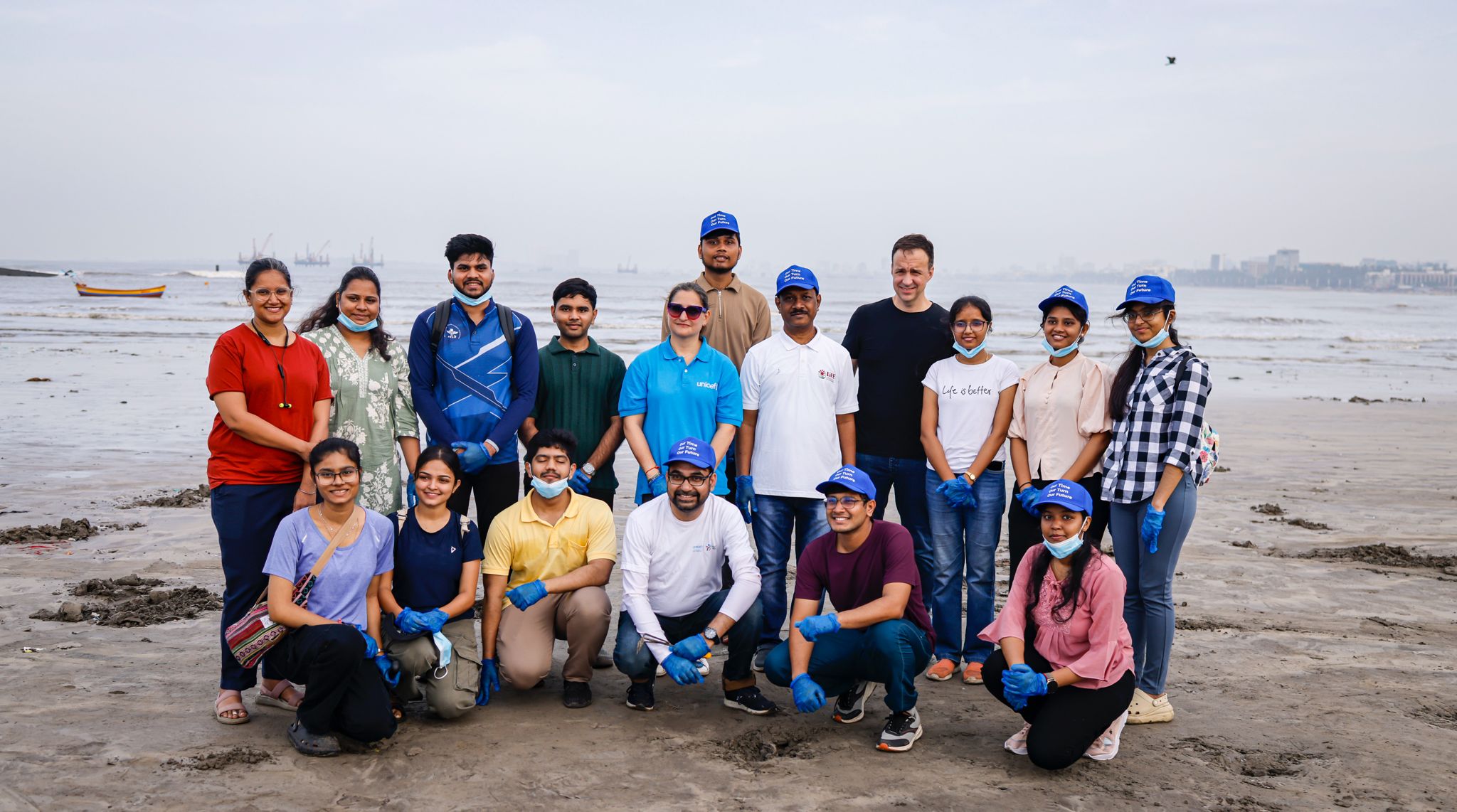

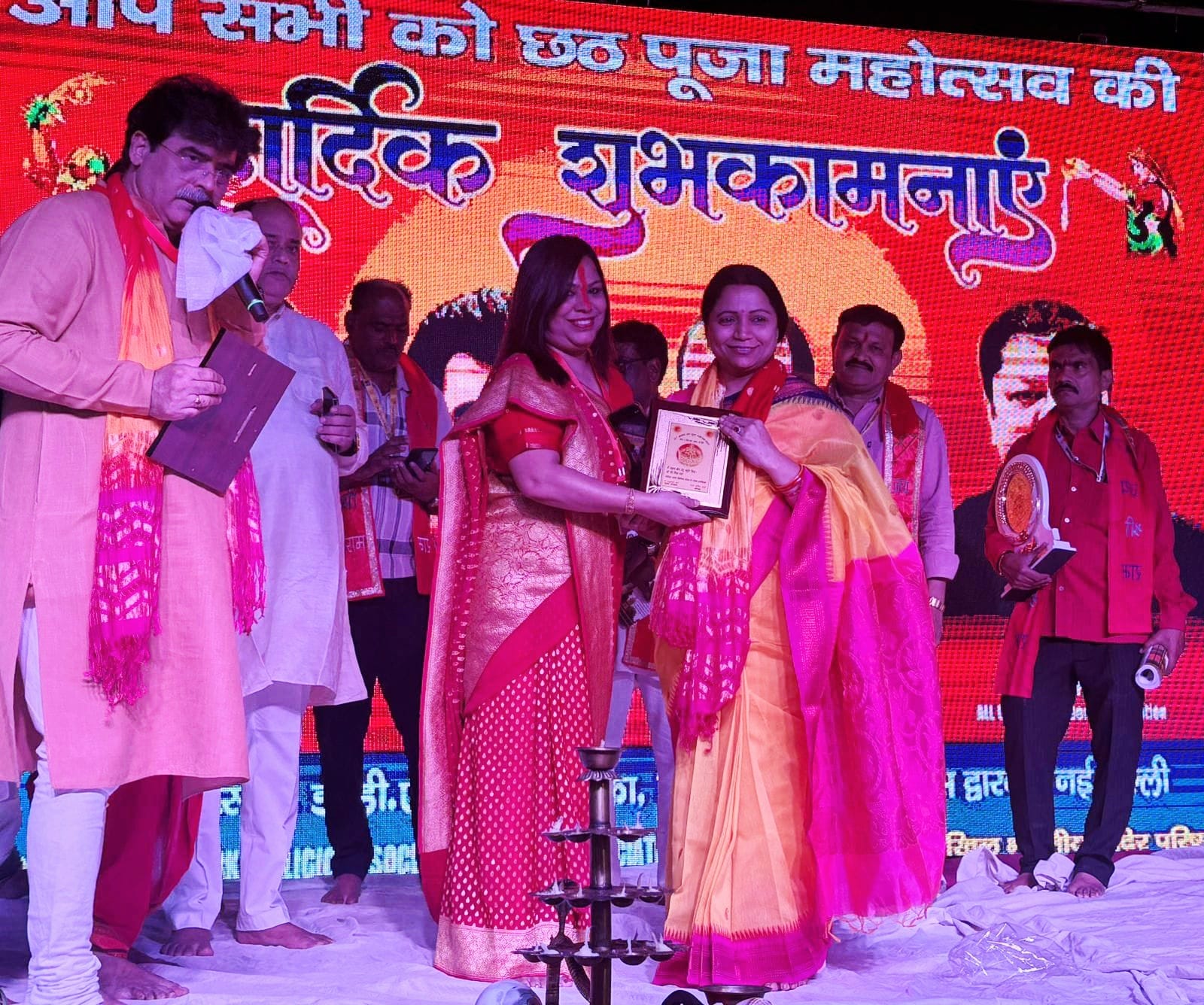
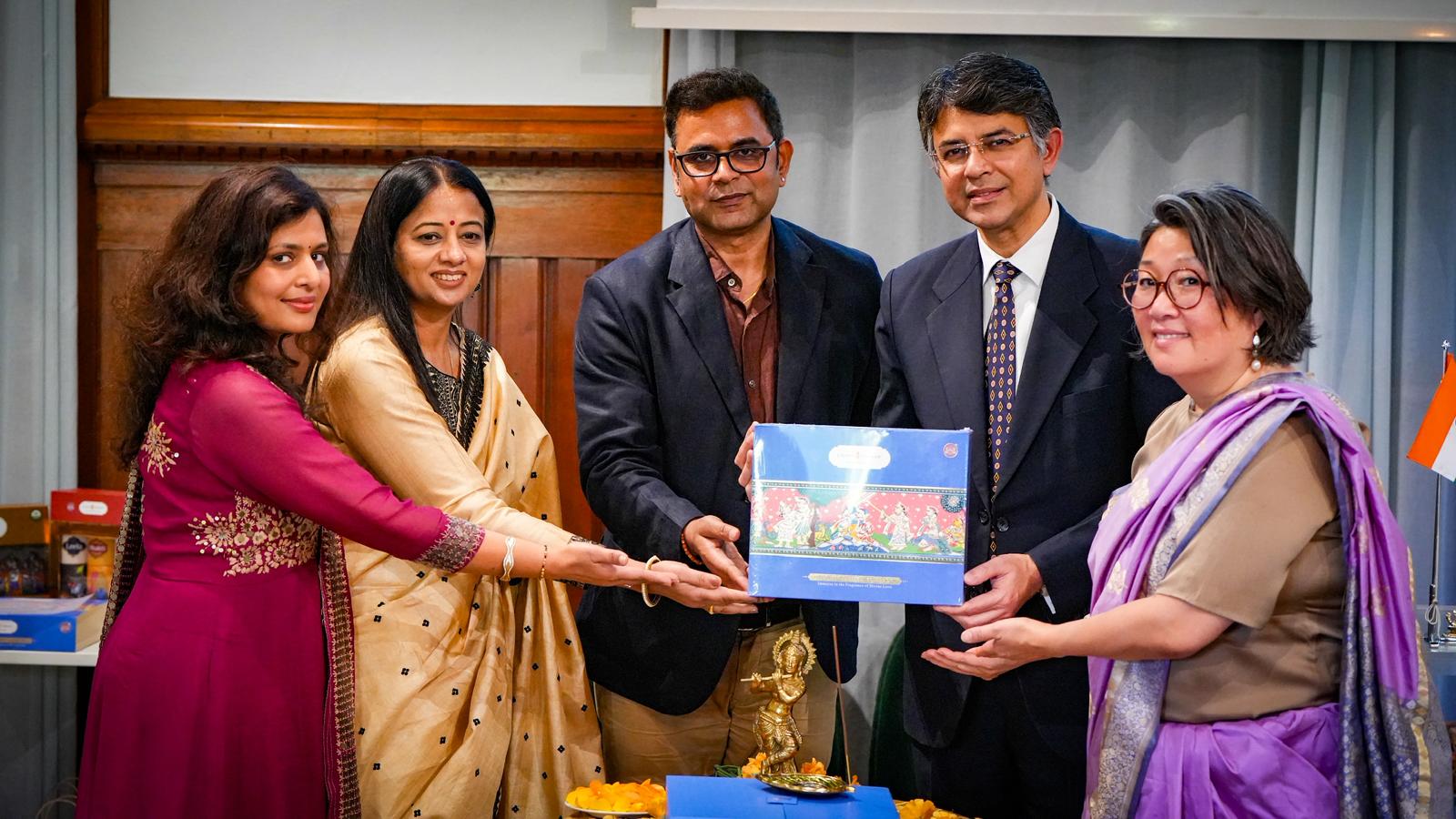





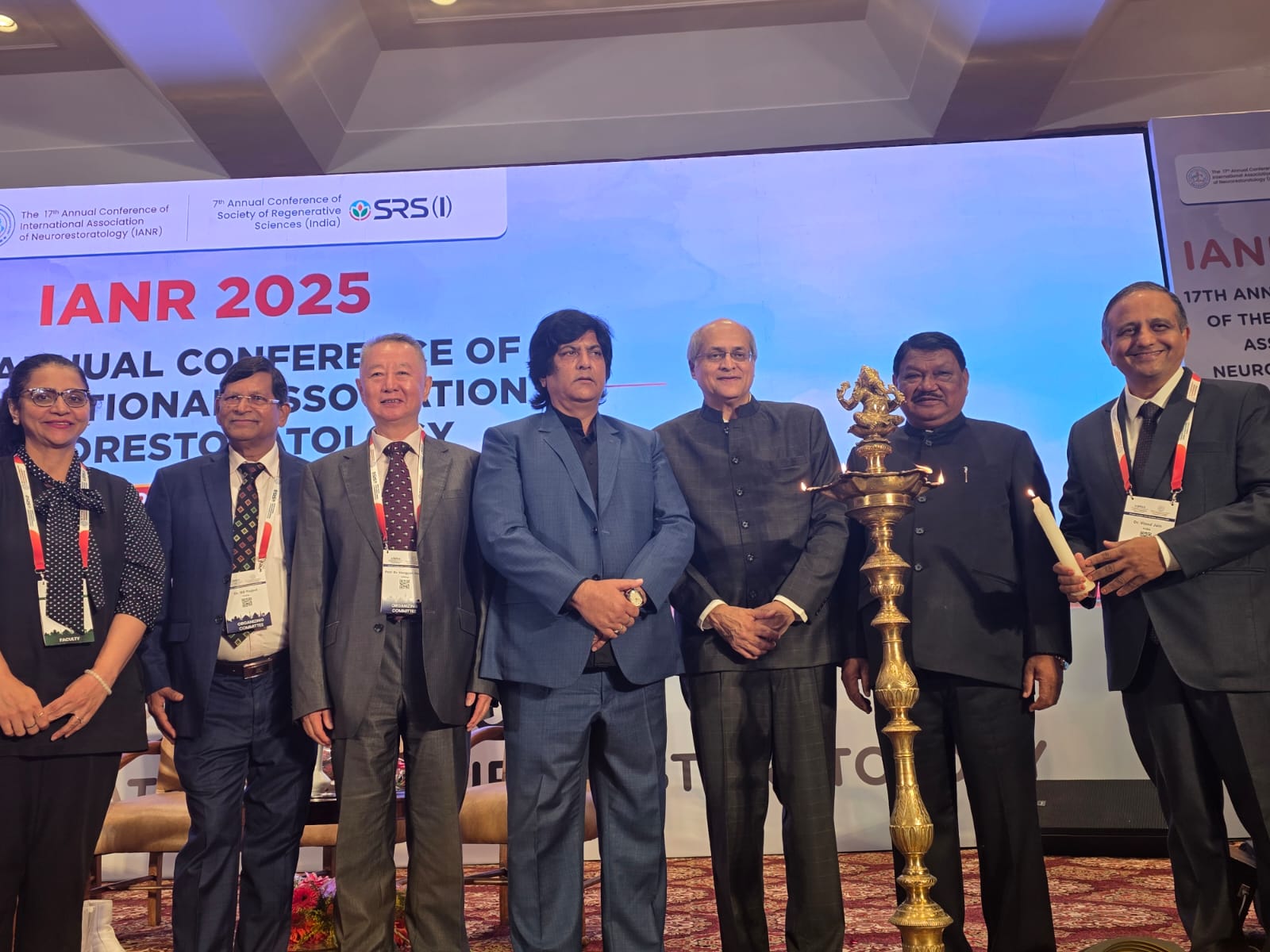
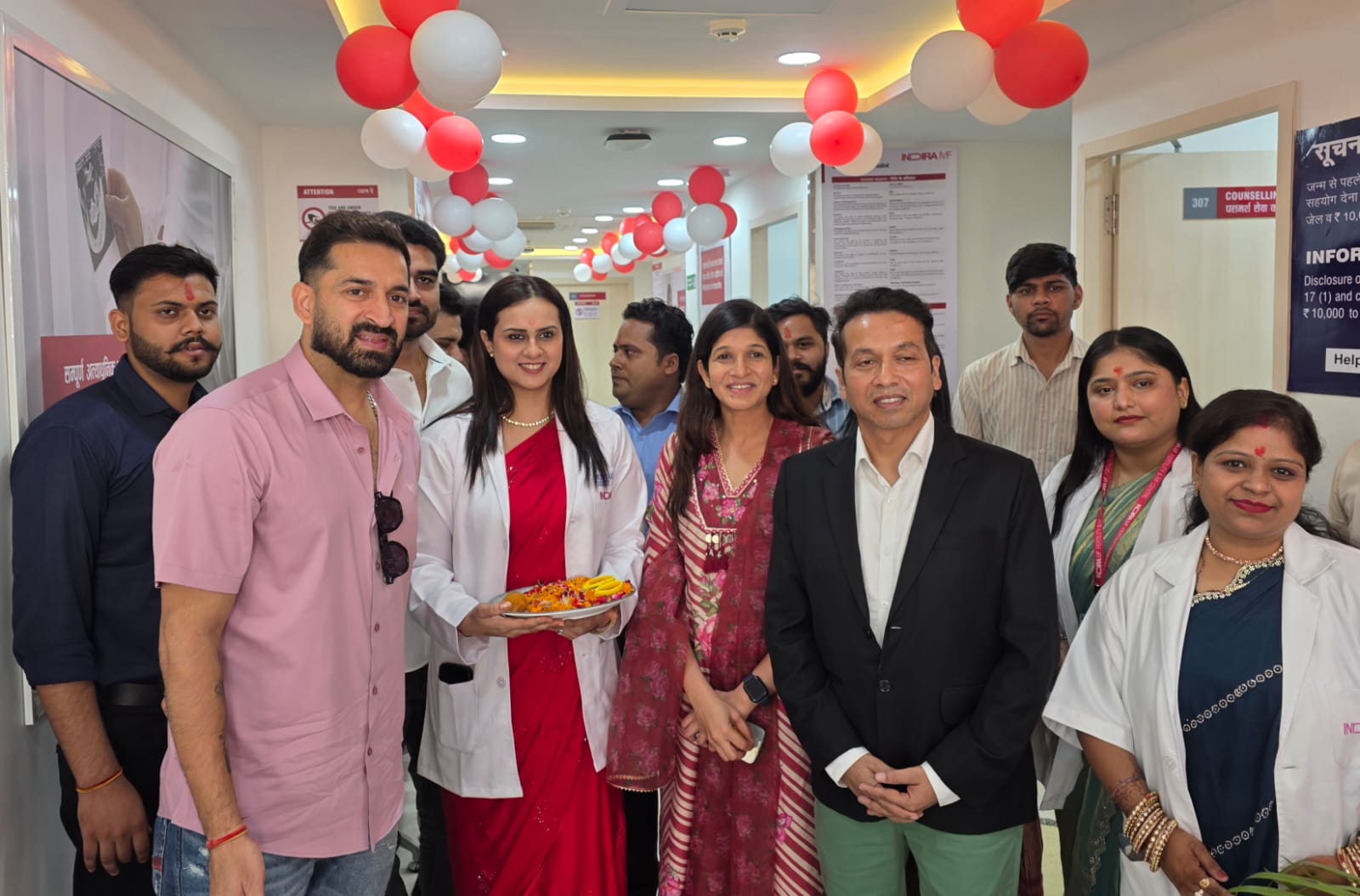
Leave a Reply